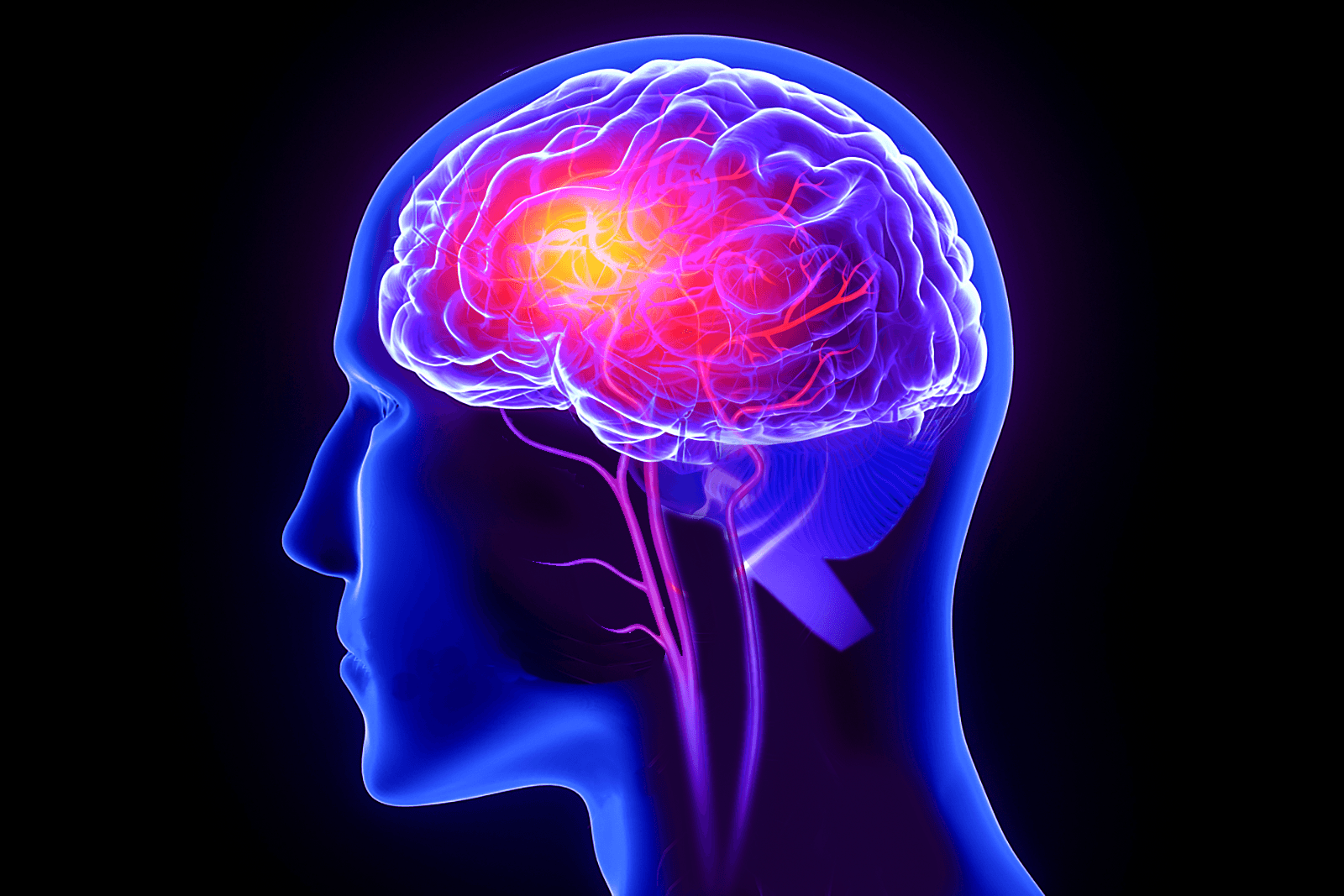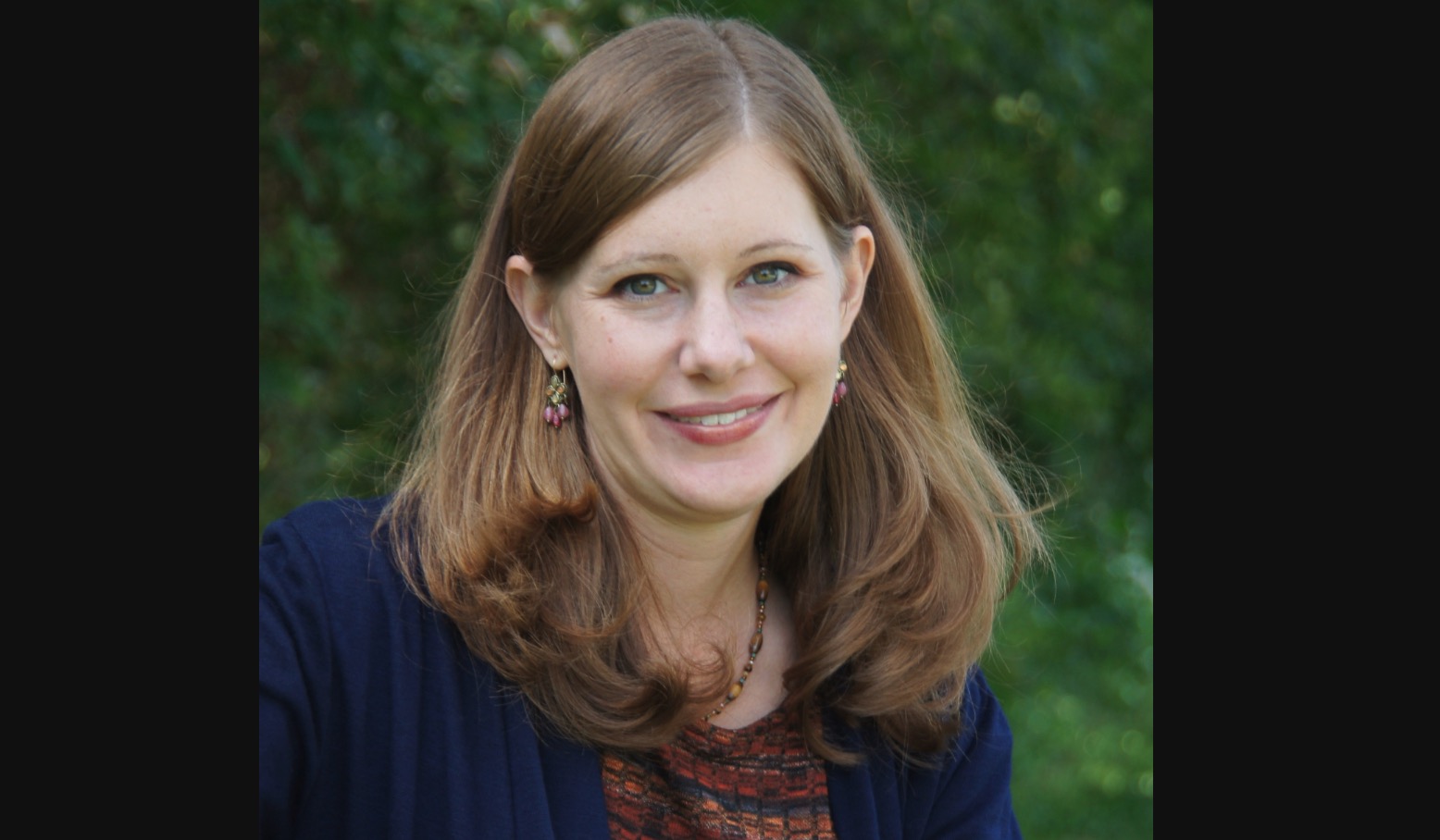Before the onset of severe, treatment-resistant schizophrenia, Bethany Yeiser was a star honors student. She won a half-tuition scholarship to study biochemistry and molecular biology at the University of Southern California in 1999 and managed to publish three papers as an undergraduate, with one appearing in the prestigious journal Proceedings of the National Academy of Sciences of the United States of America (PNAS).
Amid the initial success, a storm was brewing in Ms. Yeiser’s mind, threatening to unravel every facet of her life. After her grades slowly declined her first three years of college, she took a two-and-a-half-month trip to Africa. The journey became an obsession, making the isolated undergrad forget her studies.
But soon, her preoccupation with Africa shifted to grander ideas. Suddenly Ms. Yeiser believed she would become a billionaire, run a nonprofit that would replace the United Nations, win a Nobel Peace Prize, and live the life of a prophet, the “next Mother Teresa,” she said.
“I couldn’t study any more. Work—not possible—no way. You know, if you’re going to work, you need a healthy body and also a healthy mind. And my mind was just shattered,” Ms. Yeiser told The Epoch Times.
She dropped out of college and was homeless for four years, sustained by her “delusions,” she said. When Ms. Yeiser finally sought medical help in 2007, the exchange with the first psychiatrist did not go as expected.
“When I was diagnosed [with schizophrenia], within about 36 hours of knowing me, the doctor said I was just permanently and totally disabled,” she said.
But Ms. Yeiser persisted, even as she began to believe the doctor’s forecast.
“I spent 12 months trying five different medications, up to two at a time, and I started to think he’s right, you know, all I can do is sit at home and lay down on the couch. I had terrible side effects. I was sleeping 16 hours a night—very restless and still very symptomatic,” she said.
That all changed in 2008 when she met Henry A. Nasrallah, MD, a psychiatrist who believed in Ms. Yeiser’s potential.
Dr. Nasrallah studied her background. He saw a talented and high performing young woman with a university background in biochemistry who had more publications than some graduate students.
“Dr. Nasrallah was not settled. He wasn’t done with me until I would reach recovery. He wanted me to go back to school and hopefully score high grades again, graduate, and work,” Ms. Yeiser said.

An exterior view of the University of California Irvine (UC Irvine) Medical Center is seen in Orange, Calif., on Oct. 15, 2021. (App Gomes/AFP via Getty Images)
Recovery with Clozapine
He recommended the drug clozapine to Ms. Yeiser, an atypical antipsychotic medication used for treatment-resistant schizophrenia, according to the National Library of Medicine (NLM).
The NLM defines “treatment-resistant schizophrenia” as “persistent or moderate delusions or hallucinations after failing two trials of antipsychotic medicines.”
The medication changed Ms. Yeiser’s life. She went back to college and earned a molecular biology degree from the University of Cincinnati before publishing her memoir, “Mind Estranged: My Journey from Schizophrenia and Homelessness to Recovery” in 2014.
Ms. Yeiser and Dr. Nasrallah founded the CURESZ Foundation in 2018 to help schizophrenia patients receive the treatment they need to live healthy and fulfilling lives.
“So many patients are just told by their doctor or nurse practitioner on day one that this is a hopeless condition, that people do not get better,” she said.
Ms. Yeiser hoped to give patients the tools and information to not just speak with their doctors about their disorder but to also have the strength to find a new physician if the current one does not believe remission is possible.
With clozapine, Ms. Yeiser has few if any “breakthrough symptoms,” which are recurring schizophrenia symptoms that can persist after treatment but are otherwise not severe enough to affect a patient’s day-to-day functioning.
However, there are risks with the drug. According to a study from the NLM, the fatality rate for clozapine overdose is 12 percent, and the drug causes seizures, myocarditis, constipation, excessive salivation, pulmonary embolism, and metabolic syndrome in some of its users.
Physicians recommend patients receive regular blood tests to monitor for any side effects.
But Dr. Nasrallah said that schizophrenia, like cancer, is a life-or-death medical crisis. Chemotherapy comes with greater dangers than clozapine, but if more cancer patients rejected chemo-treatments purely out of fear of the side effects, they would likely die, he said.
Not only are death rates higher for schizophrenia patients compared to all other psychiatric disorders, but Dr. Nasrallah notes that 80 to 90 percent of untreated patients do not understand or realize that they are sick, preventing them from living fulfilling lives.
Some NLM studies have noted a gradual rise in schizophrenia between 1990 and 2017 but Dr. Nasrallah disagrees.
Unlike cases of autism, which have largely risen due to public awareness and understanding of the disorder, particularly with the discovery Autism Spectrum Disorder, the prevalence for schizophrenia has remained at one percent of the population globally, Dr. Nasrallah told The Epoch Times.
He said northern regions of the globe with less sunlight see roughly 1.5 percent of schizophrenia cases across the general population while sunny regions near the equator see 0.5 percent.
Roughly 80 percent of schizophrenia cases are genetic by nature, with the remaining 20 percent due to environmental factors, Dr. Nasrallah said.
The most common environmental factors that lead to schizophrenia are “disruption of fetal brain development during pregnancy (infections, diabetes, severe vitamin D deficiency, substance abuse, asphyxia during delivery, etc.) as well as severe physical, sexual, or emotional abuse or neglect in the first five years of life when the brain is still developing and the trauma disrupts the brain development via epigenetic changes,” he added.
Other Forms of Treatment
While many were taught for years that remission was next to impossible with treatment-resistant schizophrenia, Dr. Nasrallah said that 40 to 50 percent of patients recover on clozapine.
The remaining 50 percent who do not recover while taking clozapine typically respond well to electroconvulsive therapy (ECT), also known as shock treatment.
“Many studies have shown that ECT regrows brain tissue which is lost during psychotic episodes, because psychosis actually destroys brain tissue, kills millions and millions of brain cells. And ECT can actually regrow many parts of the brain so it’s an excellent treatment. No, it doesn’t fry your brain, it actually rejuvenates and replenishes the brain,” Dr. Nasrallah said.
He explained that ECT is also effective with severe depression and patients with bipolar disorder.
“It’s actually one of the best treatments in medicine—very safe. We give it to people in their 80s and 90s with very good results,” Dr. Nasrallah added.
For some patients, taking medications daily is difficult. An initial resistance towards the drugs is exacerbated by symptoms that could convince the patient they are improving so much they no longer “need” the medications, causing a relapse and a more treatment-resistant case of schizophrenia.
Dr. Nasrallah said that luckily, doctors have access to long-acting injectable medications that can be administered in a patient’s muscle tissue once every month, two months, three months, or even once a year with a new medication that was recently developed.
“Patients don’t have to take any pills, it guarantees that the medication reaches their brain slowly, oozing from the muscle, going into the blood, and to the brain,” he said.
Dr. Nasrallah explained that doctors were resistant to these drugs for decades because some feared they were encroaching on their patients’ “civil liberties” as the shots are not self-administered and are sometimes given before a patient reaches lucidity, or self-awareness that they actually have schizophrenia.

(Illustration by The Epoch Times, Shutterstock)
But in 2001, researchers discovered that psychotic episodes lead to brain atrophy, resulting in millions of dead brain cells and a worsening of symptoms. The long-acting injectables can prevent not just relapse but also a downward spiral into psychosis that worsens with each subsequent episode, Dr. Nasrallah said.
The ‘Myth’ of Schizophrenia and Violent Crime
He also discussed a public misconception or “myth” that sufferers from the disorder are more “violent” or more likely to commit crimes than people with average mental health stability.
A man was recently charged with stabbing two teenage tourists from Paraguay inside New York’s Grand Central Terminal on Christmas Day. A woman alleging to be his “ex-girlfriend” made statements that the suspect was schizophrenic and had refused to take medication to treat it.
Dr. Nasrallah said it is a “myth” because “less than one percent” of patients with schizophrenia commit crimes under the influence of hallucinations, paranoid delusions, or by the command of voices in their head.
“Unfortunately, the media exaggerates it and makes it frontline news when one person with psychosis commits a crime, but there are hundreds and thousands of crimes being committed by non-schizophrenic patients. The jails and prisons are full of [people with] antisocial personality [disorder], who can do all the killing. But if one person with psychosis does it, it gets far more media attention. And that perpetuates and disseminates unfortunately this myth. Psychosis or schizophrenia [patients] are far more victims of crime, rather than perpetrators of crime,” he said.
COVID-19 and Social Isolation

(Leonid Sorokin/Shutterstock)
Patients also struggle with social isolation, which was worsened by the COVID-19 pandemic. A recent study out of California found that emergency room visits for “schizophrenia spectrum disorders,” which include schizophrenia and schizoaffective disorder, increased by 15 percent at five University of California campus hospitals during the initial phase of the pandemic.
Ms. Yeiser said she believes this could be the result of several forces coming into play simultaneously.
“If you take someone with a predisposition [for schizophrenia] and put them in a small apartment, where they’re not seeing anybody else for long periods of time, that is a huge trigger. So maybe some people who would not have developed it would develop it again because of this isolation. I’ve seen people lose jobs; I’ve seen people get really anxious and depressed. The anxiety is often really severe, you know, maybe people are experiencing worse anxiety than they ever have in their lives,” she said.
There are other factors, too.
“With the pandemic, you’re probably seeing some people experience symptoms that are new, you know, they haven’t seen a psychiatrist yet. And maybe their loved one is saying, ‘My son, my daughter, or my relative, is acting erratic, I haven’t seen him or her like this before, we need help. We don’t know what to do.’ And those people are going to the emergency room,” she said.

Emergency tents are set up outside the University of California–Irvine Medical Center in Orange, Calif., on Dec. 16, 2020. (John Fredricks/The Epoch Times)
Ms. Yeiser recounted how she was in the ER on five separate occasions after her first psychiatrist dropped her as a patient in 2007.
“I think the reason you’re seeing more people go to the ER, again, is because this is new, and their mom, dad, relative is saying, ‘What on earth is going on? They need help [or] I need help now.’ And another problem in psychiatry is there’s a shortage of psychiatrists ... often, you have to wait three months or four months, or for some people, it’s six months. Some people have the option of going to a family doctor much more quickly, and sometimes getting a prescription for an antipsychotic. But a lot of family doctors will not do that,” she added.
Need for Compassion and Hope

Krissy Williams, pictured with her brother, lives with schizophrenia. The disruption to her school and health services caused by COVID-19 worsened her mental health. In October, she tried to take her own life. (Patricia Williams)
Both Ms. Yeiser and Dr. Nasrallah agree that treatment of schizophrenia would improve with better public awareness.
For Dr. Nasrallah, this involves increasing compassion and empathy among the general population.
“I would like them to know that it’s a brain disorder. Millions of data generated from neurophysiology, neurochemistry, neuropathology, brain imaging, genetics—all of that shows that it’s just as like a brain disorder, like stroke. People look at stroke and they develop compassion to people who develop stroke; they do not do that to patients with schizophrenia, even though their brain is destroyed with psychosis. Just like people with a stroke or with heart disease, I regard psychosis as a brain attack, just like a heart attack,” he explained.
Along with compassion by the public, patients also need “urgency for treatment by the psychiatric community.”
For Ms. Yeiser, hope is also required.
“Never, ever give up on your loved one with schizophrenia. If your doctor tells you that they are just permanently and totally disabled, and that’s it, it may be time to look for a new nurse practitioner or psychiatrist. Because there is hope today. I mean, I was sick and as treatment resistant as you can possibly be, and I still did get better,” she said.









